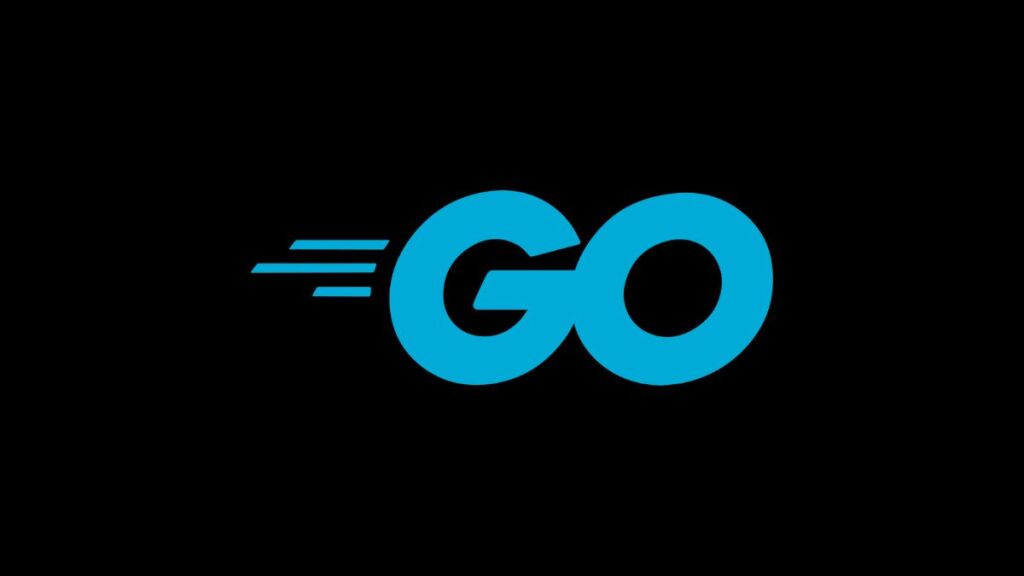In Go programming, structs are a powerful way to group related data together to form complex data structures. Whether you’re logging, debugging, or need to serialize structs for communication across network boundaries, converting structs to strings is a frequent requirement. Go provides several approaches to achieve this, each suited to different needs and scenarios. This article explores these methods, offering insights into their usage and benefits.
Understanding Structs in Go
Before delving into conversion techniques, let’s briefly recap what structs are in Go. A struct is a composite data type that groups together variables under a single name. These variables, known as fields, can be of different types. Structs are widely used to model real-world entities within programs.
Example of a Basic Struct in Go:
package main
import (
"fmt"
)
type Employee struct {
ID int
FirstName string
LastName string
Position string
}
func main() {
emp := Employee{1, "John", "Doe", "Software Engineer"}
fmt.Println(emp)
}In this example, Employee struct represents an employee with an ID, first name, last name, and position. Printing the struct directly using fmt.Println(emp) provides a default string representation, but it’s often not the most readable or useful format, especially for more complex structs.
Method 1: Implementing the Stringer Interface
The most idiomatic way to convert a struct to a string in Go is by implementing the Stringer interface from the fmt package. The Stringer interface defines a single method, String, which returns the string representation of the object.
Implementing Stringer for a Struct:
func (e Employee) String() string {
return fmt.Sprintf("Employee(ID: %d, Name: %s %s, Position: %s)", e.ID, e.FirstName, e.LastName, e.Position)
}By implementing the String method, you gain full control over how the struct is represented as a string. Now, when you pass an Employee struct to fmt.Println, the custom String method is called to generate the output.
Method 2: Using the fmt.Sprintf Function
For a quick and straightforward conversion without implementing the Stringer interface, you can use the fmt.Sprintf function. This method is particularly useful for one-off conversions or when you need different string representations in different contexts.
Converting a Struct to String with fmt.Sprintf:
empString := fmt.Sprintf("Employee{ID: %d, Name: %s %s, Position: %s}", emp.ID, emp.FirstName, emp.LastName, emp.Position)
fmt.Println(empString)fmt.Sprintf allows you to format a string using verbs (%s for string, %d for integer, etc.), making it versatile for struct-to-string conversion.
Method 3: Marshaling to JSON
Another common approach, especially useful for web applications, is converting structs to JSON strings. This method not only provides a human-readable representation but also prepares the struct for transmission or storage in a format that’s widely supported across different languages and platforms.
Converting a Struct to a JSON String:
To marshal a struct to JSON, you’ll need to import Go’s encoding/json package.
package main
import (
"encoding/json"
"fmt"
"log"
)
// Assuming the Employee struct is defined
func main() {
emp := Employee{1, "John", "Doe", "Software Engineer"}
empBytes, err := json.Marshal(emp)
if err != nil {
log.Fatalf("JSON marshaling failed: %s", err)
}
fmt.Println(string(empBytes))
}For the JSON keys to match the field names exactly as they appear in your struct, you’ll need to export the fields (capitalize the first letter). Alternatively, you can use struct field tags to specify JSON key names explicitly.
Adding JSON Tags to Struct Fields:
type Employee struct {
ID int `json:"id"`
FirstName string `json:"first_name"`
LastName string `json:"last_name"`
Position string `json:"position"`
}This approach enhances the readability of the JSON string and allows for custom key names that differ from the struct field names.
Conclusion
Converting structs to strings in Go can be accomplished through various methods, each catering to different requirements. Implementing the Stringer interface offers a customizable and idiomatic way to define string representations. For simpler or temporary conversions, fmt.Sprintf provides flexibility and ease of use. Finally, marshaling structs to JSON strings with encoding/json is ideal for web applications or scenarios requiring interoperability. By understanding these methods and their appropriate use cases, Go developers can effectively manage and represent complex data structures in their applications.
- Car Dealership Tycoon Codes: Free Cash for March 2024 - April 9, 2024
- World Solver - April 9, 2024
- Roblox Game Trello Board Links & Social Links (Discord, YT, Twitter (X)) - April 9, 2024

